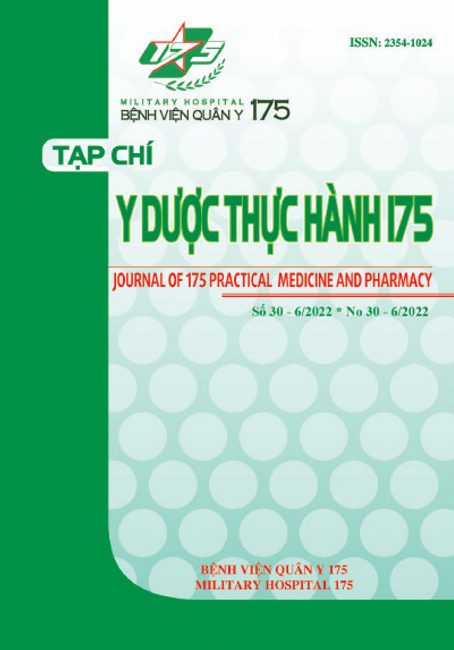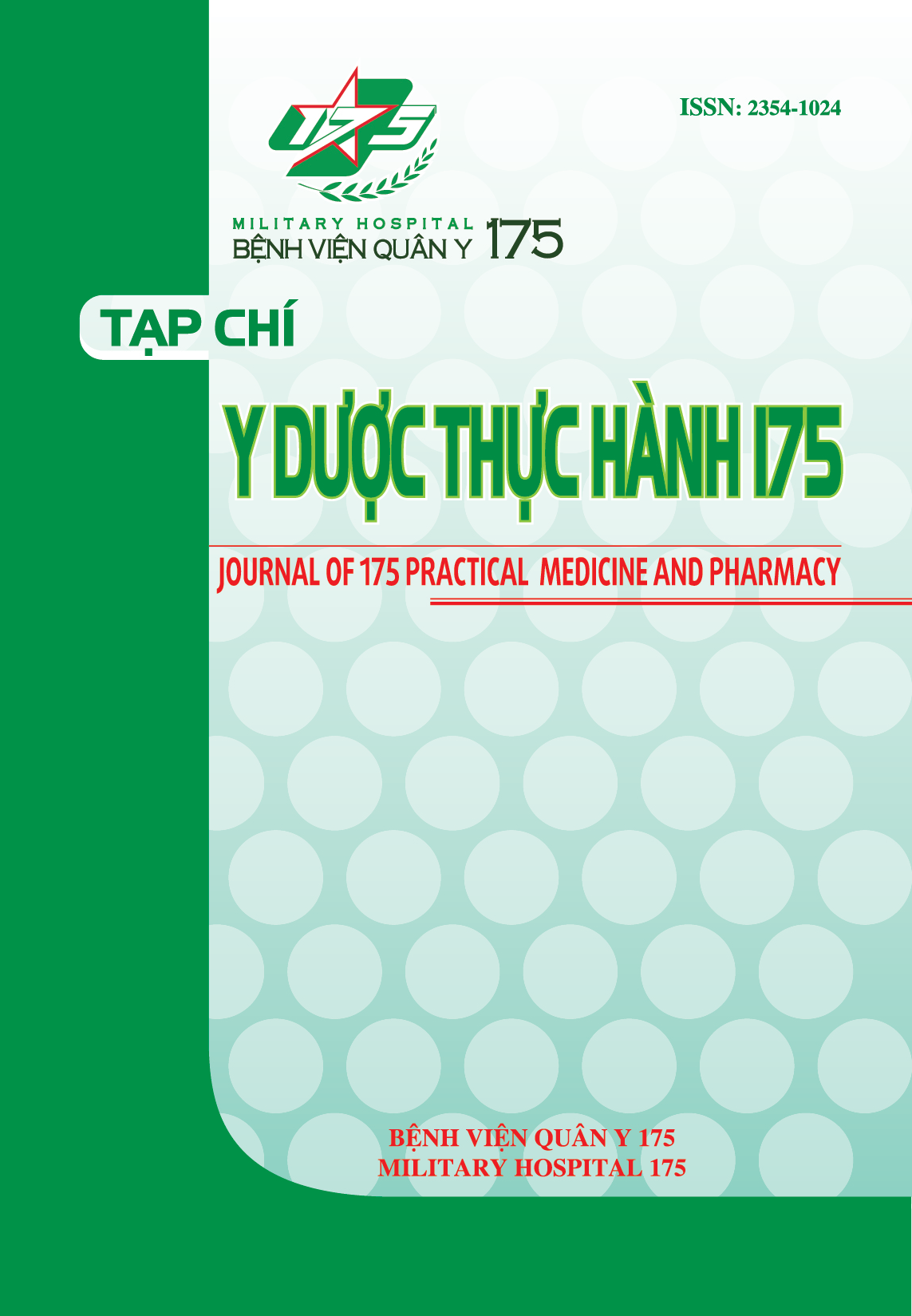ASSESSMENT OF THE EFFICIENCY OF TREATMENT OF SUDDEN DEAFNESS IN THE UNIVERSITY MEDICAL CENTER OF HCMC-BRANCH 2
Authors
DOI: https://doi.org/10.59354/ydth175.2022.24Keywords:
sudden deafness, ENTReferences
Nguyễn Minh Hảo Hớn, Nguyễn Thành Lợi; “Khảo sát điếc đột ngột tại Bệnh viện Tai Mũi Họng dựa vào 5 dạng thính lực đồ từ 01/2005 đến 06/2006” Tạp chí Tai Mũi Họng Việt Nam 56 – 4, số 2-5/2011.
Nguyễn Phương Nam, Nguyễn Kim Phong, Võ Tá Khiêm, Chu Lan Anh, Nguyễn Thành Lợi (2010), “Đánh giá hiệu quả của oxy cao áp trong điều trị điếc đột ngột”, Tạp chí Y học TPHCM, tập 14, số 1, trang 44-51.
Belal. A, (1980), “Pathology of vascular sensorineural hearing impairment”, Laryngoscope, 90, p. 1831- 1839.
Pignal J.L (1978), “Des surdité brusques”, Encycl Med. Chir. Paris, oto lảyngologie, 20183, A10.
Downloads
PDF Downloaded: 60










